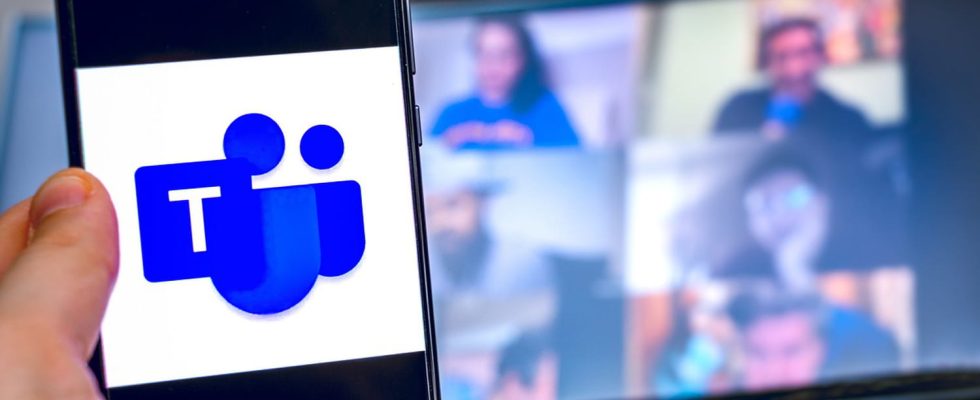Microsoft has just released Teams 2.0. Rebuilt from scratch, the new version of the video conferencing application promises to perform significantly better on the computer using fewer system resources.
With the popularization of teleworking following the Covid pandemic, videoconferencing and collaboration software have become essential daily tools. To meet the high demand, they must constantly be improved so as not to be left behind by the competition. And that, Microsoft understood it well with Teams! THE 1er February, the company had rolled out a Premium offering in the United States with over 400 new features, including automated meeting summarization and presentation chaptering with timeline markers using ChatGPT (see our article). At the same time, there were rumors about the imminent launch of a new version of the software, dubbed Teams 2.0, and completely rebuilt from the ground up, with a completely new architecture.
Rumors that have become reality. Microsoft took advantage of its annual Enterprise Connect conference to confirm its launch on the Windows version, which is available from March 28 in Public Preview, as announced in his press release. According to the publisher, Teams 2.0 considerably improves its use of computer system resources while bringing no less than 59 new functions. For the moment, only the Windows version benefits from this new version, which should be available in other environments (macOS, Web, etc.) during the year 2023.
Teams 2.0: a complete and optimized overhaul
According to The Verge, Microsoft has reportedly started testing this new version of Teams on a large scale within the company and plans to roll out a preview to users in March. In development for years, this version 2.0 was announced at the end of 2021, without any other news thereafter – even if many improvements have since been made to the videoconferencing software, especially under Windows 11.
Users often criticize Teams for being slow to start and open a meeting, not to mention that the software tends to hog memory. Therefore, Microsoft has made Teams 2.0 twice as fast and half as resource intensive. So, according to illustration video, it now takes 9.1 seconds to open the new version of the software, compared to 22.23 seconds before. In addition, it would use 50% less memory and 70% less disk space, which should improve battery life on laptops when using it. In addition, switching from one conversation channel to another would be 1.7 times faster. These performance increases are due to the discontinuation of Electron – a set of tools and software components for desktop application development – for the newer Microsoft Edge WebView2 technology. In addition, the Redmond firm now uses the Javascript-based React library, which allows its developers to make improvements to the user interface, while taking into account users of entry-level devices and access. Low bandwidth internet.
Indeed, Microsoft has integrated several new features aimed at simplifying navigation in Teams. Thus, it is now possible to search for content directly in a conversation, to access responses to a particular message in the form of a nested conversation (thread) or to access suggested actions. In addition, users with multiple accounts will no longer have to log in and out to switch from one to another, since they will be able to stay logged in to all accounts. They will therefore be able to receive all notifications from all accounts in real time. Teams also allows you to replace the user with a 3D avatar – customizable in terms of clothing, accessories and makeup – during a video meeting. The interface design has also been overhauled with native materials like Windows 11’s Mica translucency, which makes it look more like a native Windows app. Finally, Microsoft intends to include other functions boosted with AI later, including filters with animated images, the possibility of modifying the hue of its video in presentations and the future inclusion of the famous Copilot assistant (see our article).

